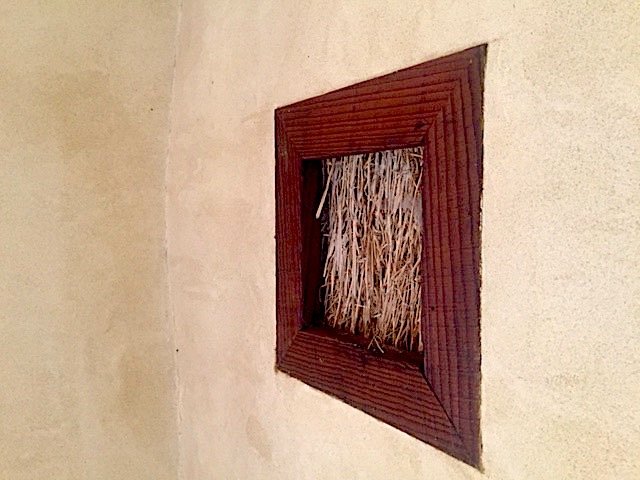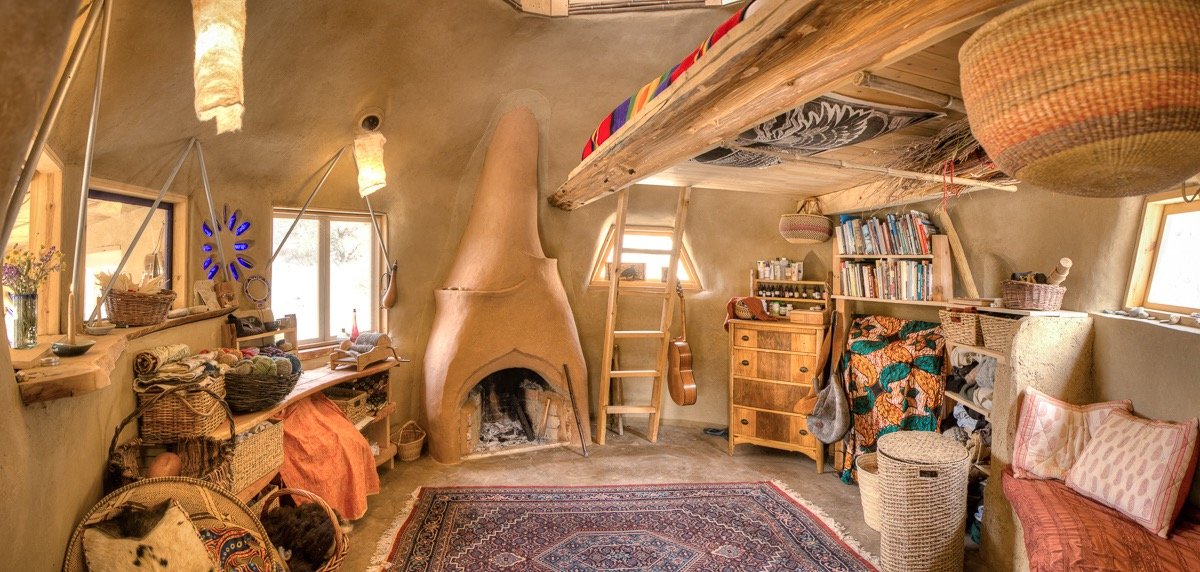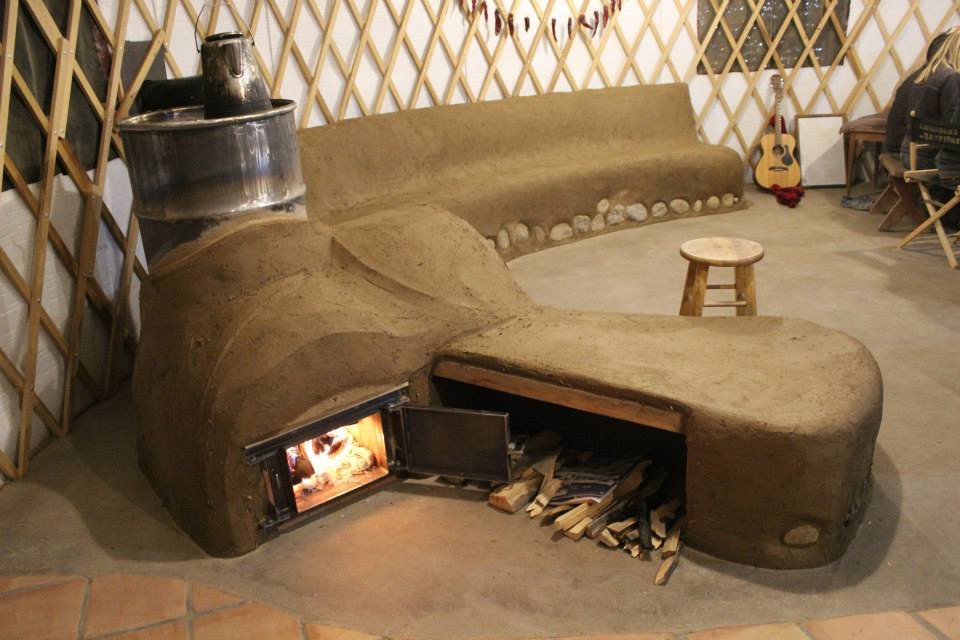
Understanding CA Building Codes in Relation to Building with Natural Materials
What are my options for rebuilding with natural building methods?
This is the question my inbox is flooded with right now. I am also hearing a lot of people saying that rebuilding with Natural Building methods is illegal in LA. This is not true! Is it easy or accessible? Unfortunately not (YET).
I am going to try to give a breakdown of the current state of the codes and how one would go about rebuilding in LA with natural materials. I don’t claim to be an expert on this, but don’t see anyone else compiling this information, so I’ll give it a try and do my best. Please reach out if you find errors or have anything to add, and I will update it.

Cob Wall Fire Testing (ASTM E119 test), and Thoughts on Fire Resilient Natural Building
We know that earth does not burn.
It has been used for centuries to build ovens and fireplaces, as well as the fact that common sense tells us that earth does not burn. There are examples all over the world of using earthen building techniques in fire prone areas to reduce risk from fire. In Japan there is a traditional building called a Kura, It is a non-combustable storehouse that is built usually built out of earth, and used to store ones valuables.

Why Natural Building is Important for Our Future
A wide variety of methods of building with earth are found throughout the world. These variations include the methods of construction and use of different mixtures of earth. The style of earthen buildings and their materials vary greatly from one region to another, and sometimes from one village to another, even within the same region. Most of these structures are some combination of aggregate, clay, fiber and water, but the variations of the materials themselves, as well as the proportions and ratios can produce a multitude of techniques and composite materials for a large variety of uses.

Earthen Plasters - Part 1
There are as many varieties of earthen plaster as there are soils to make them with. As with all methods of earthen building, every soil, and therefore every plaster is different. Different types of clay have different strengths and weaknesses, different minerals create different colors and soils have different amounts of clay in them.
The main ingredients that make up an earthen plaster are soil with some amount of clay in it, and either an aggregate or fiber (most often both) that keeps the clay from cracking. There are many things one can add to an earthen plaster to make it stronger, or a different color, or any variety of qualities you may want to achieve with your plaster.

What is Natural Building?
Natural Building involves a range of building systems and techniques that prioritize the use of minimally processed, locally available, abundant and renewable materials. Natural building walls systems are going to look different depending on where you are in the world, who is building the structure, and what the needs are of the building once it is done.

What is a Rocket Mass Heater?
A Rocket Mass Heater is a type of a masonry heater that has been designed specifically for the those who want to do it themselves, and often with many reused materials, making it more affordable and accessible.